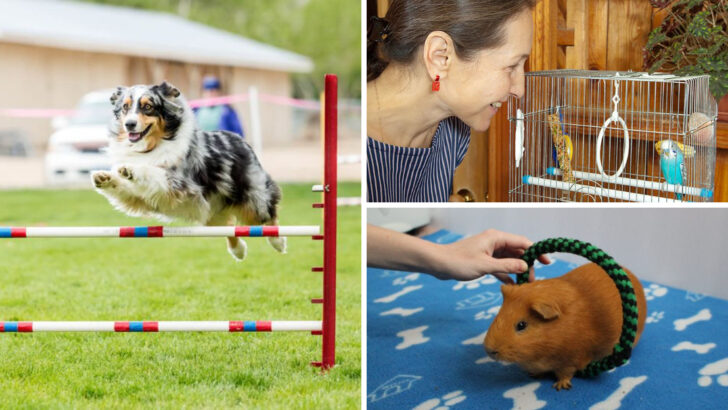Want a pet that listens? Or maybe one that will drive you to the brink of madness?
Some pets are natural-born learners, soaking up commands like sponges. Others? Well, they’ll leave you wondering if you’re the one being trained.
From the smartest, most eager-to-please companions to the stubborn, independent ones that do their own thing, there’s a pet for every kind of owner.
But beware—there’s a fine line between the pet that’s easy to train and the one that will have you tearing your hair out. Ready to meet both? Let’s dive into the ultimate list of furry (and not-so-furry) friends you can—and can’t—train.
Border Collie
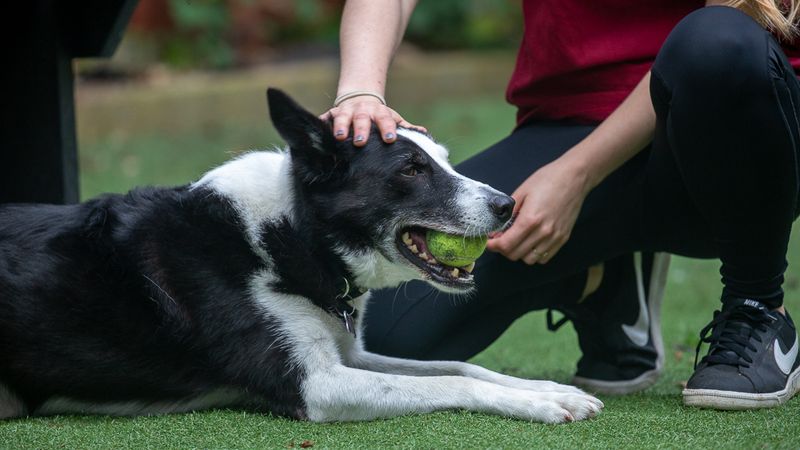
With a mind as sharp as a whip, the Border Collie is a top choice for trainers worldwide. Known for their intelligence, these dogs thrive on mental stimulation. Whether it’s herding sheep or solving puzzles, they excel.
Picture this agile creature gracefully executing commands with precision. Their eagerness to please and quick learning make them a delight. Perfect for active owners ready to engage in daily training sessions.
Did you know? The Border Collie’s history traces back to Scotland’s rugged landscapes, where they mastered the art of sheep herding.
Poodle
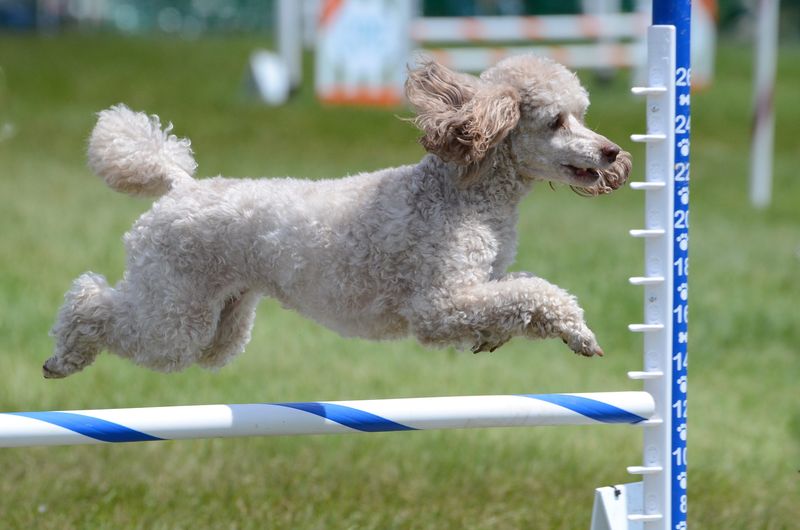
Poodles are more than just their chic haircuts; they’re brainy canines with a flair for learning. These dogs shine in obedience competitions, thanks to their quick comprehension of tasks.
Imagine a Poodle eagerly responding to hand signals and verbal cues, showcasing their versatility. Their friendly demeanor and adaptability make them ideal for families or singles alike.
Fun fact: Poodles were originally bred as water retrievers, and their intelligence stems from these working roots.
Golden Retriever
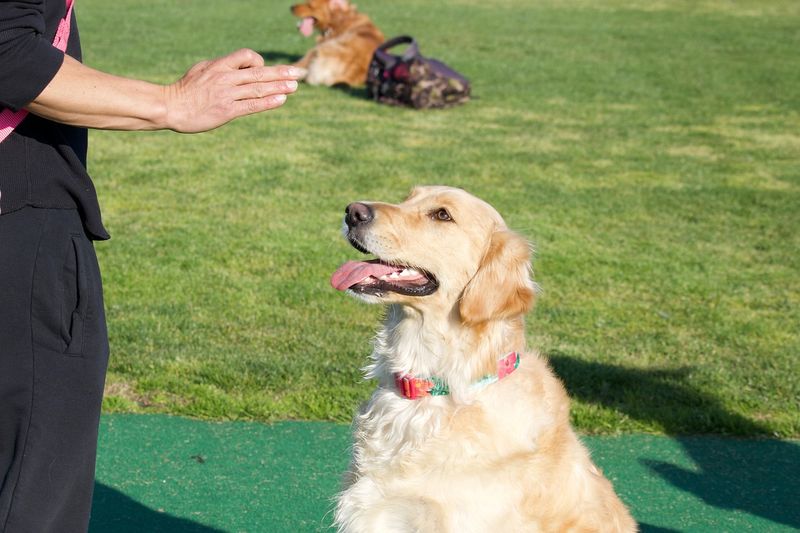
Golden Retrievers are synonymous with patience and loyalty, making them one of the easiest breeds to train. Their love for people and desire to please result in quick learning of commands.
Visualize a Golden Retriever retrieving a ball or sitting on command, their tail wagging with joy. Ideal for families, they thrive on positive reinforcement and thrive in active households.
Interestingly, Golden Retrievers were first bred in Scotland for hunting, highlighting their natural retrieval instincts.
Labrador Retriever

Labrador Retrievers are a trainer’s delight with their eagerness to learn and social nature. Known for their gentle temperament, they quickly pick up obedience commands.
Imagine a Labrador Retriever gracefully weaving through an agility course, tail wagging with enthusiasm. Their adaptive nature makes them suitable for various living conditions.
Did you know? The breed’s origins are tied to Newfoundland, where they assisted fishermen by retrieving nets and fish.
Papillon
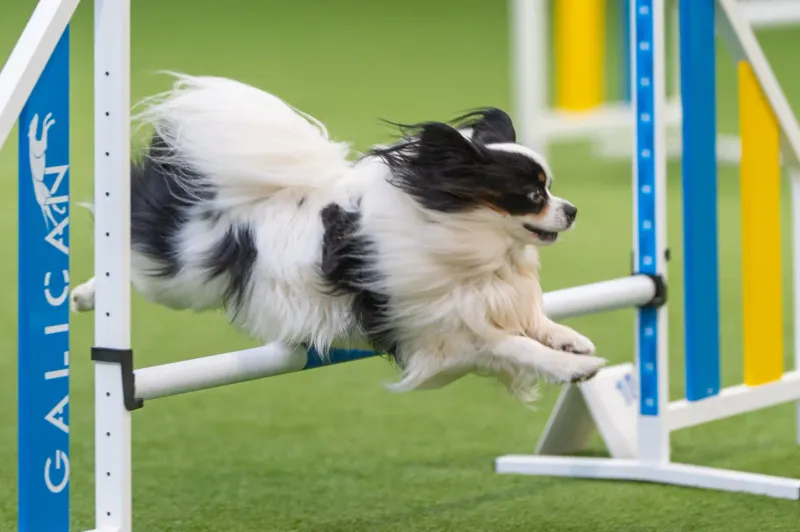
With large, expressive ears, Papillons are not just adorable but also intelligent. Despite their small size, they exhibit tremendous agility and can master complex tricks.
Picture a Papillon prancing through an agility course, showcasing its nimble feet and quick reflexes. These dogs love mental challenges and are perfect for owners who enjoy teaching tricks.
Fun fact: The Papillon’s name means “butterfly” in French, inspired by their wing-like ears.
Shetland Sheepdog
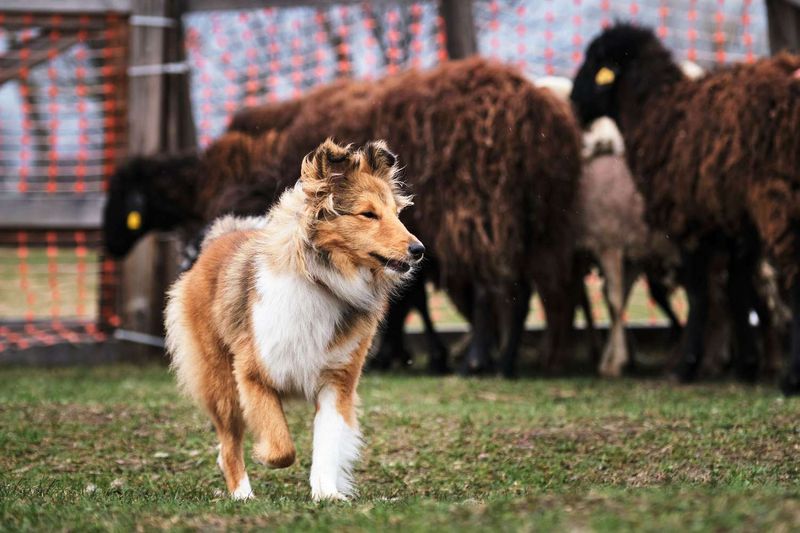
The Shetland Sheepdog, affectionately known as the Sheltie, is a miniature Collie with a sharp mind. Their herding background means they’re quick to learn commands and excel in obedience.
Visualize a Sheltie guiding a flock of sheep with precision, their instincts honed over generations. They’re perfect for families who enjoy outdoor activities and training.
Did you know? Shelties originated from the Shetland Islands, where they adapted to working in rugged terrain.
German Shepherd
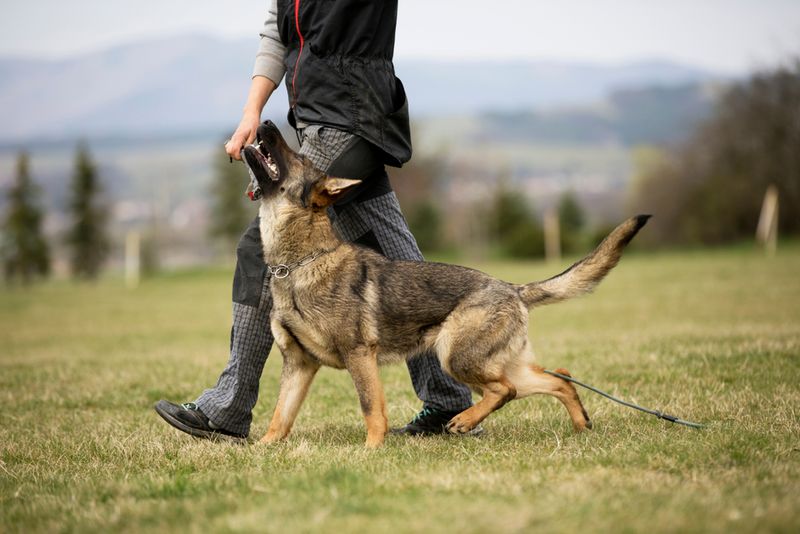
Renowned for their intelligence and loyalty, German Shepherds excel in various training settings. From police work to family pets, their versatility is unmatched.
Imagine a German Shepherd following commands with precision, their sharp gaze focused on their trainer. They’re ideal for experienced dog owners who can provide consistent training.
Fun fact: German Shepherds were originally bred for herding sheep, showcasing their working roots.
Doberman Pinscher
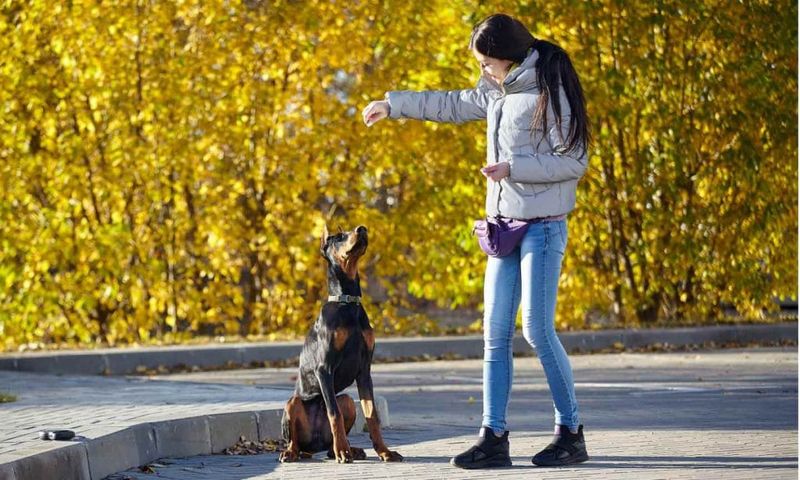
Doberman Pinschers are known for their alertness and intelligence, making them quick learners. With the right training, they excel in obedience and protection tasks.
Picture a Doberman Pinscher standing tall, responding promptly to commands with unwavering focus. They’re a great choice for those ready to engage in structured training.
Did you know? The breed was developed by Karl Friedrich Louis Dobermann, a tax collector, for protection during his rounds.
Australian Shepherd

With boundless energy and intelligence, Australian Shepherds are a trainer’s dream. Their eagerness to learn and work make them exceptional companions.
Visualize an Australian Shepherd catching a frisbee mid-air, their agility and quick reflexes on display. They’re ideal for active owners who can keep up with their enthusiasm.
Fun fact: Despite their name, Australian Shepherds were actually developed in the United States for herding livestock.
Cockatiel
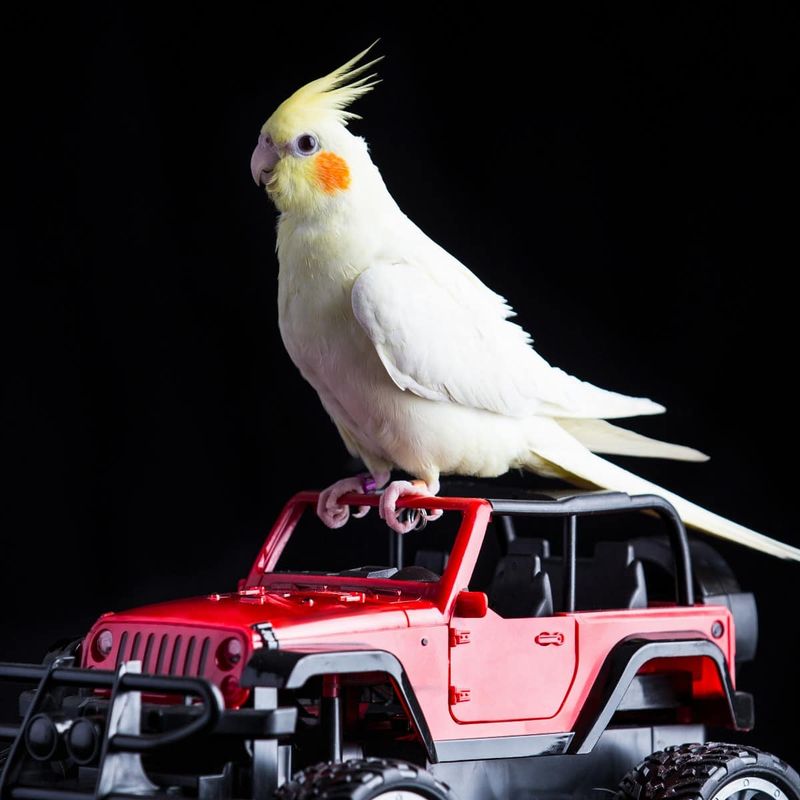
Cockatiels, with their charming crests and whistles, rank among the easiest birds to train. Their love for interaction makes them delightful companions.
Imagine a Cockatiel mimicking tunes and recognizing simple commands, their bright eyes attentive. Perfect for bird enthusiasts willing to dedicate time for bonding.
Did you know? Cockatiels are native to Australia and thrive in social settings.
Budgerigar
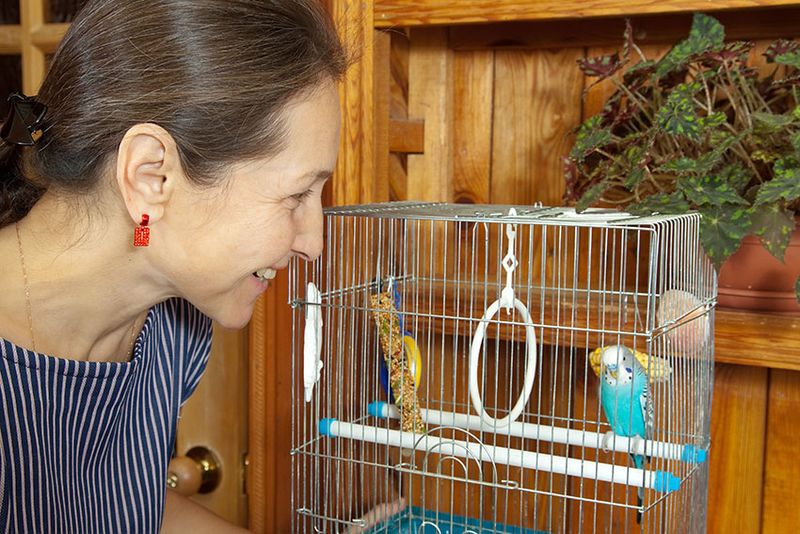
Budgerigars, affectionately known as budgies, are small parrots with a knack for mimicking speech. Their sociable nature and vibrant colors make them popular pets.
Visualize a budgie chirping cheerfully, its tiny voice mimicking words it has learned. These birds are ideal for those who enjoy teaching and interacting with their pets.
Fun fact: Budgerigars hail from the arid regions of Australia and are skilled at conserving water.
Canary
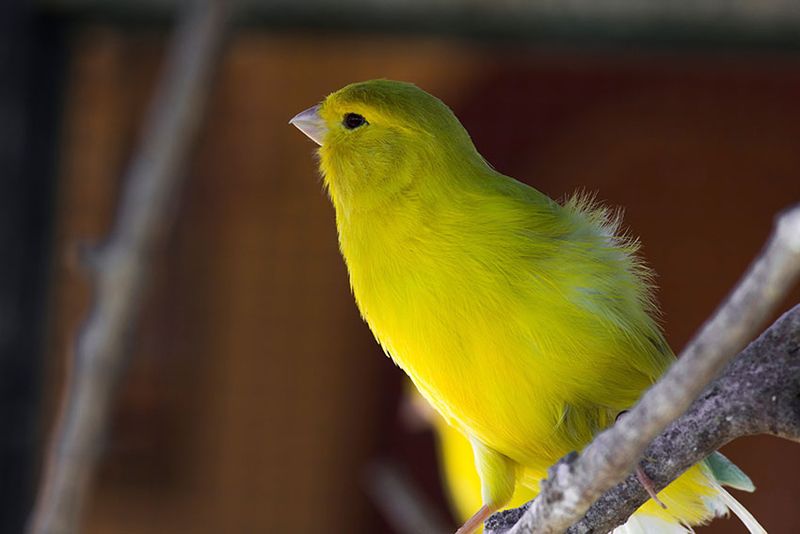
Canaries are renowned for their melodious songs, making them a favorite among bird lovers. While not known for tricks, their singing is a testament to their trainability.
Picture a Canary in a sunlit room, its voice filling the space with beautiful melodies. These birds are perfect for those who appreciate music in their home.
Did you know? Canaries were historically used in coal mines to detect dangerous gases, a testament to their sensitivity.
African Grey Parrot
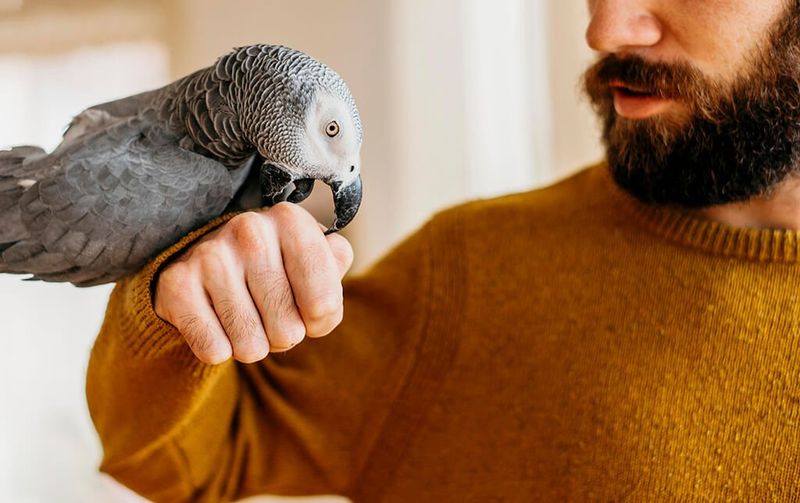
The African Grey Parrot is famous for its impressive vocabulary and cognitive abilities. These birds thrive on mental challenges and social interaction.
Imagine an African Grey Parrot engaging in a lively conversation, demonstrating its linguistic prowess. They’re perfect for committed owners who can provide consistent mental stimulation.
Fun fact: African Grey Parrots have been known to learn hundreds of words and can even understand simple concepts.
Miniature Horse
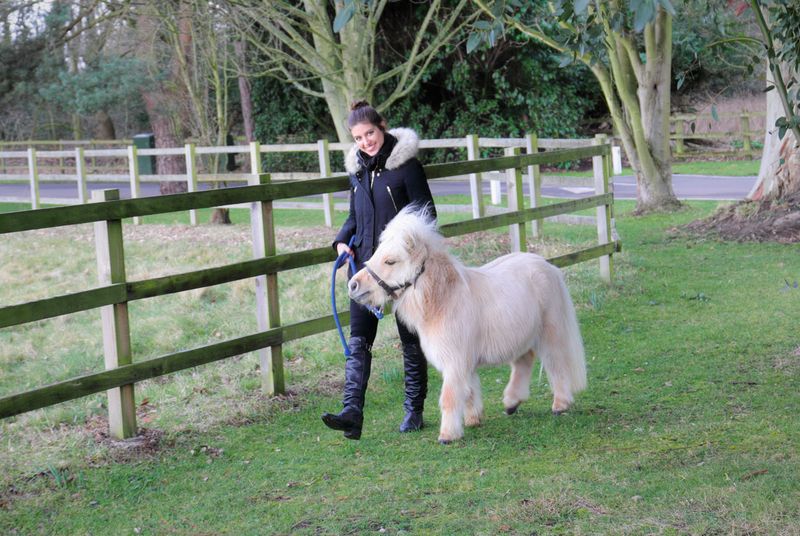
Miniature Horses are not just adorable; they’re surprisingly trainable. With patience and consistency, they can learn a variety of commands and tasks.
Picture a Miniature Horse trotting alongside its owner, responding to gentle cues with grace. These animals are ideal for those with space and a love for equine companionship.
Did you know? Miniature Horses were originally bred in Europe for royalty and have been cherished as pets ever since.
Rats

Rats, often misunderstood, are intelligent and trainable rodents. They can learn tricks, navigate mazes, and even come when called.
Imagine a rat scurrying through a miniature obstacle course, its tiny paws moving with agility. These pets are perfect for those who enjoy training and bonding with small animals.
Fun fact: Rats have been used in scientific research due to their keen ability to learn and adapt.
Guinea Pig
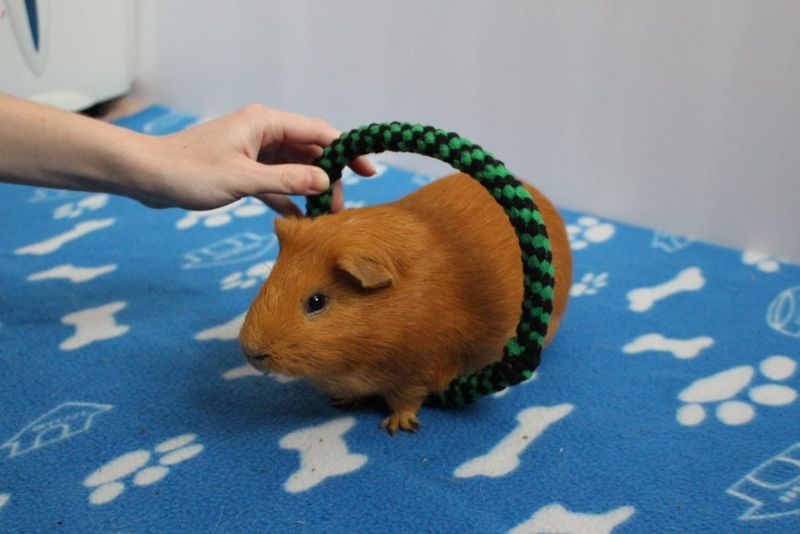
Guinea Pigs, with their endearing squeaks, are more trainable than you might think. They can learn to follow voice commands and even perform simple tricks.
Picture a Guinea Pig navigating through a playpen, responding to its owner’s voice with curious sniffs. These pets are perfect for families willing to engage in gentle training.
Did you know? Guinea Pigs were domesticated over 4,000 years ago by the Incas in South America.
Chinchilla
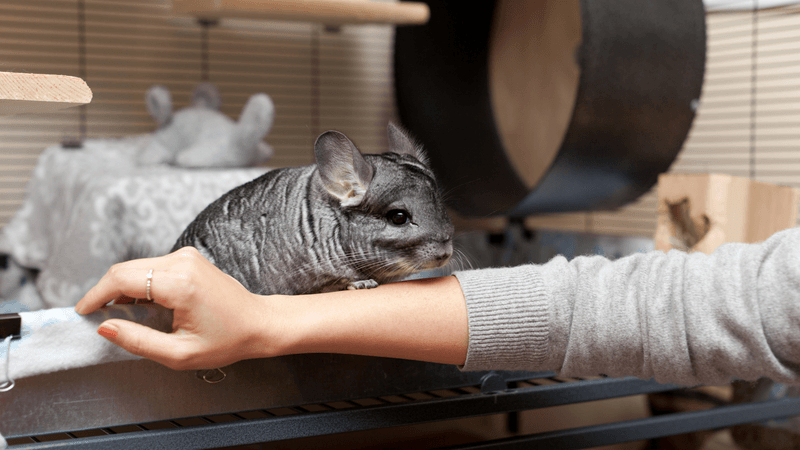
Chinchillas, with their ultra-soft fur, are known for their lively personalities. While patience is key, they can learn to respond to their names and enjoy interactive play.
Imagine a Chinchilla hopping around, its whiskers twitching in excitement as it explores. These pets suit patient owners who enjoy interactive sessions.
Fun fact: Chinchillas take dust baths rather than water baths to keep their dense fur clean and healthy.
Ferret
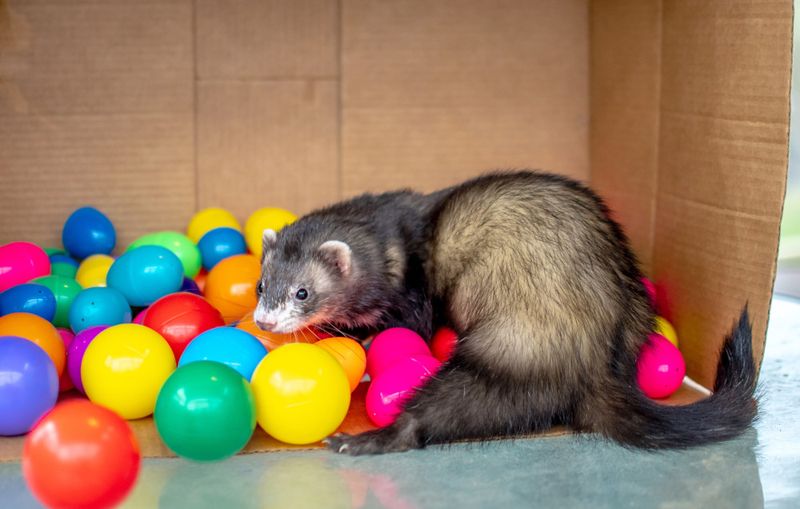
Ferrets are curious creatures capable of learning a variety of tricks and commands. With their playful nature, they enjoy interactive play and mental challenges.
Visualize a Ferret darting through a maze, its sleek body navigating corners with ease. They’re ideal for those who love engaging with energetic pets.
Did you know? Ferrets have been domesticated for over 2,500 years, originally used for hunting rabbits.
Cat

Cats, independent yet clever, can be trained with patience and positive reinforcement. They respond well to clicker training and can learn playful tricks.
Picture a cat pouncing on a feather toy, its eyes focused with excitement. While not as eager as dogs, cats offer rewarding training experiences for patient owners.
Fun fact: Cats were revered in ancient Egypt, symbolizing grace and protection.
Rabbit
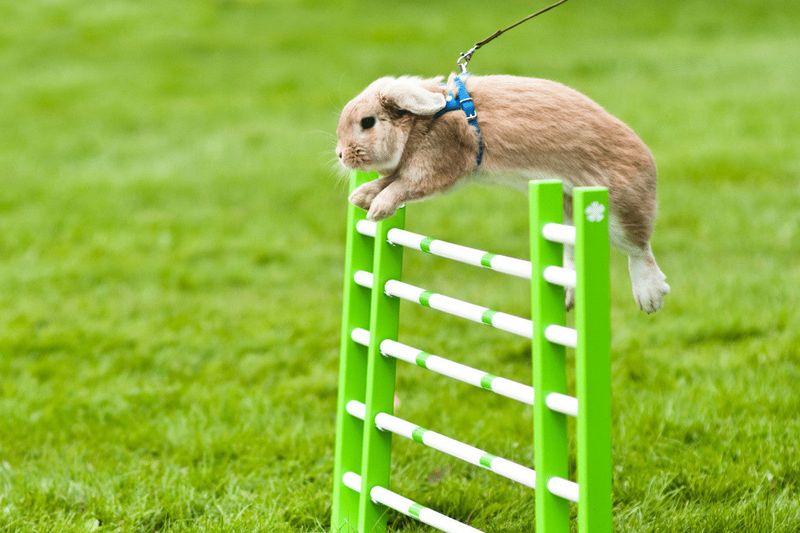
Rabbits, with their twitching noses and soft fur, can learn tricks and commands with consistency. They respond well to gentle encouragement and treats.
Imagine a rabbit hopping through a garden maze, guided by its owner’s voice. They’re perfect for patient trainers who enjoy rewarding interactions.
Did you know? Rabbits have a unique digestive system that requires constant grazing, making them fascinating creatures to care for.

